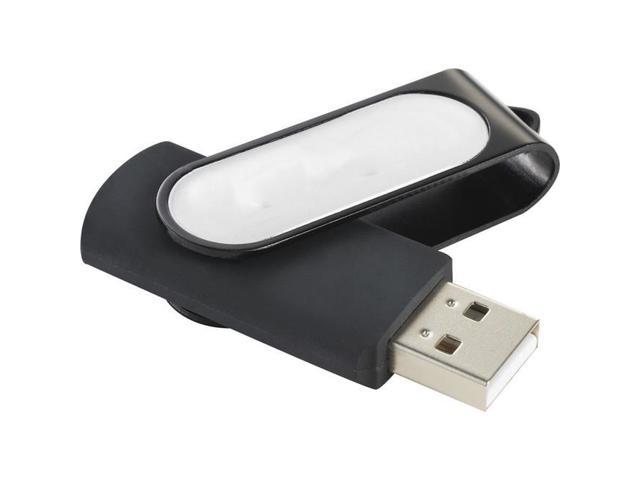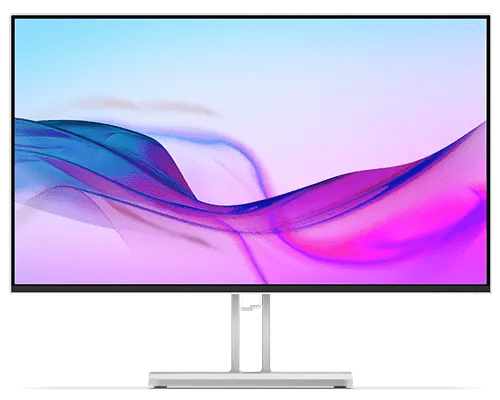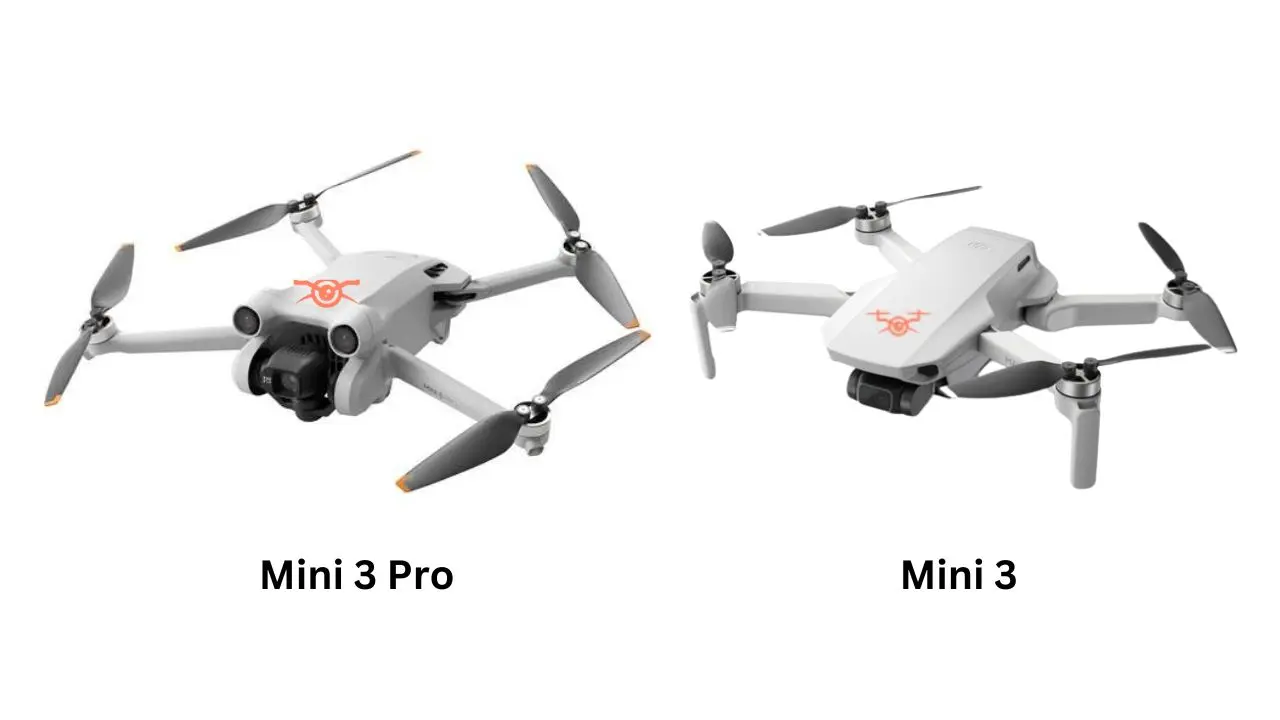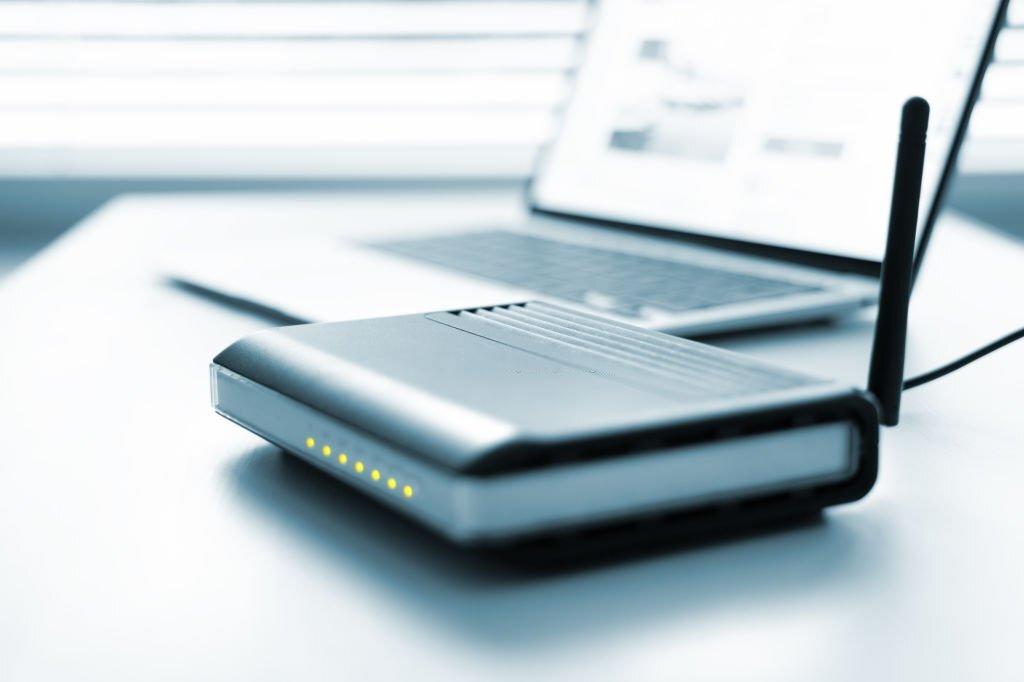Transferring data between devices is essential for backing up important files, sharing information, or relocating data to a new device. A hybrid flash drive makes transferring data from one device to another straightforward.
The hybrid drives combine the traditional USB drives and the functionality of cloud storage, offering flexibility and reliability.
Whether you photograph other documents or even large media files, following these steps ensures that your experience is smooth and easy to carry out.
Step 1. Choose The Right Hybrid Flash Drive For The Task
You have to determine that you use the right hybrid flash drive for the task before you transfer your data. They are available in various storage capacity sizes so consider how much data you need to transfer.
For most files, prefer a drive with as much storage as possible, such as 128GB or higher. Also, your drive should be compatible with all the devices you intend to use it on. If you plan to transfer data between a laptop and a smartphone, then your hybrid drive should have USB along with USB-C or micro-USB connections.
Upon selection of a drive, data transfer speed is among the key factors to consider. If moving large files, then faster speeds in a drive can save ample time.
Step 2. Connect the Hybrid Flash Drive to Your Device
Now that you have the right hybrid flash drive, it is time to hook it up to your device. If you work using a computer, then all you just need to do is insert it into the USB port of the computer.
If working with a smartphone or tablet, then make sure that the flash drive has the right connector, such as USB-C or Lightning, and attach it to this connector on your smartphone or tablet. Your device will naturally recognize the flash drive in seconds.
If you are preparing to transfer data from a device without a USB port, like some of the newer smartphones or tablets, then you need to include an adapter. Most Dual-purpose flash drive support both standard and mobile connections, so be sure to check to see if your drive is shipped with all necessary attachments.
Step 3. Preparing the Data for Transfer
Prepare your data by organizing all the files you wish to move. You can create a folder or group them in one place for easier transferring and avoiding missing important files.
Also, check that the files are not corrupted and that they are in good condition. And if you involve sensitive data, it’s advisable to also carry out backup files in another place, like an external hard drive or cloud storage, in case anything bad happens in the transfer process.
Step 4. Begin Data Transfer
Having done all the above steps, you can now start transferring files to your hybrid flash drive.
Here’s how to go about it:
- Open the Windows File Explorer or macOS Finder to see all the contents and the storage of your device.
- Find the files or folders you want to transfer to your device.
- Highlight the files, then drag them within the hybrid USB drive folder. Or right-click on the highlighted files and copy and paste them there.
If your phone has a file manager, you may just open it up. From there you can see all the files and select which ones you want to move or copy to the drive using the “move” or “copy” commands.
Step 5. Monitor the Transfer Process for an Error-Free Transfer
As your files are being transferred, monitor your progress bar to make sure everything seems to be proceeding smoothly. If you have many files or file sizes are large, then you will be transferred for several minutes or hours, depending on the speed of your hybrid flash drive.
In this step do not unplug the flash drive nor turn off your device in case it interrupts the transfer process and ruins the files. The devices should give you a message indicating that the transfer process is complete, and then you can safely detach your drive.
It’s also wise to check the transferred files occasionally. All you have to do is open some of them and confirm if they have been transferred correctly.
Step 6. Safely Remove the Hybrid Flash Drive
After completing transferring the data, you should safely remove the hybrid flash drive from your computer. If you pull out the drive without proper removal, damage to the files might be possible.
On the other hand, the following steps can safely eject it.
- For Windows users, navigate to the taskbar and click “Safely Remove Hardware,” then select your drive.
- If using a macOS, right-click the icon of the drive that is now showing on your desktop or in Finder and select “Eject.”
- If using a smartphone, swipe down from the top of the screen, tap “USB Options,” then select “Eject.”
Wait until the device indicates it is safe to remove the drive. You can safely remove the drive without any loss of data.
Best Tips for a Smooth Data Transfer Experience
- Keep It Organized: Scan the old files in your hybrid flash drive regularly to ensure they remain clean and that you always have enough space for new transfers.
- Backup Sensitive Data: If transferring valuable files, consider doing another backup on a cloud platform or an external hard drive so that data is safe.
- Use Trusted Devices: If you transfer data from unfamiliar devices like a public computer, be careful. Always scan your hybrid flash drive for viruses or malware so that no unwanted infections enter your system.
- Look for Firmware Upgrade: There are some mixed-media flash drive which may necessitate firmware upgrades to run optimally. Ensure that your drive is updated by navigating the manufacturer’s website.
Conclusion
Transferring through a hybrid flash drive is very simple and safe if you perform all the steps correctly.
This involves selecting a proper drive, preparing all data, and afterwards, carefully monitoring the transferring that you see to ensure the safe transfer of files between devices.
Always take the time to verify data transfer. Keep your devices and drives in good condition for future use. Whether you need to back up crucial work files or transfer personal data from one device to another, these tips can help you to do it easily and smoothly.
Read more: How To Monitor Your Mission Critical Servers For Peak Performance?






